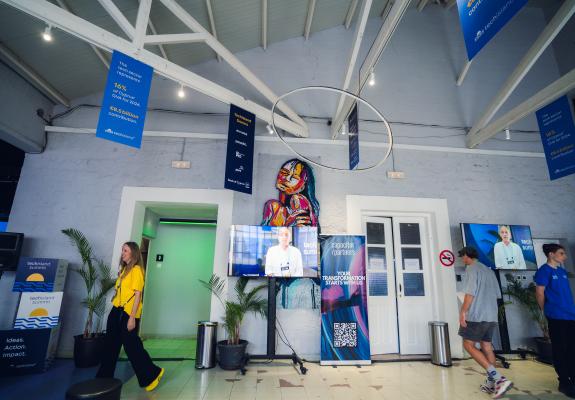Navigating the Post-Pandemic Work Landscape: How Employers Are Gaining the Upper Hand Again
The Concept of 'Covert Terminations'
Gone are the days when the COVID-19 pandemic stirred a tidal wave of workforce resignations, giving employees the leverage to dictate terms. Now, it seems the pendulum is swinging back towards employers, but with some new strategies in play.
In a departure from traditional downsizing methods, several major U.S. corporations have started to dissolve existing job roles while retaining the employees who held them. The change often arrives unexpectedly via email, prompting a myriad of reactions from the workforce. While some breathe a sigh of relief that they still have a job, others worry that this is the first sign of impending layoffs.
Notable businesses, including tech and sportswear giants, such as Adidas, IBM και Salesforce, have been reallocating staff internally as part of larger organizational makeovers. Recent data suggests that these kinds of moves have increased threefold since last year. Experts in the field argue that retraining existing employees is becoming a cornerstone of the evolving employment landscape.
Investing in employee development and moving talent around within the company can fulfill immediate organizational needs without incurring additional hiring expenses. However, this tactic is fraught with its own risks.

Industry insiders are sounding the alarm that this sort of internal reshuffling could also be used as a mechanism for encouraging unwanted staff to leave of their own accord, avoiding severance pay. This phenomenon, termed as "covert termination," could be a cost-saving maneuver for businesses, but it raises ethical concerns.
Among those who have been reassigned, there's a climate of uncertainty. Social media platforms and interview sessions reveal that many are pondering if these new roles are simply a stopgap before being shown the door. Some are even contemplating if it's smarter to preemptively seek employment elsewhere.
The pandemic-induced period of employee empowerment appears to be fading, making room for employer-centric strategies once again. The dynamic is complex, with both parties attempting to navigate a continuously evolving employment landscape. As we continue to emerge from the pandemic, it’s clear that the interplay of power between employers and employees remains fluid and fraught with new challenges.






